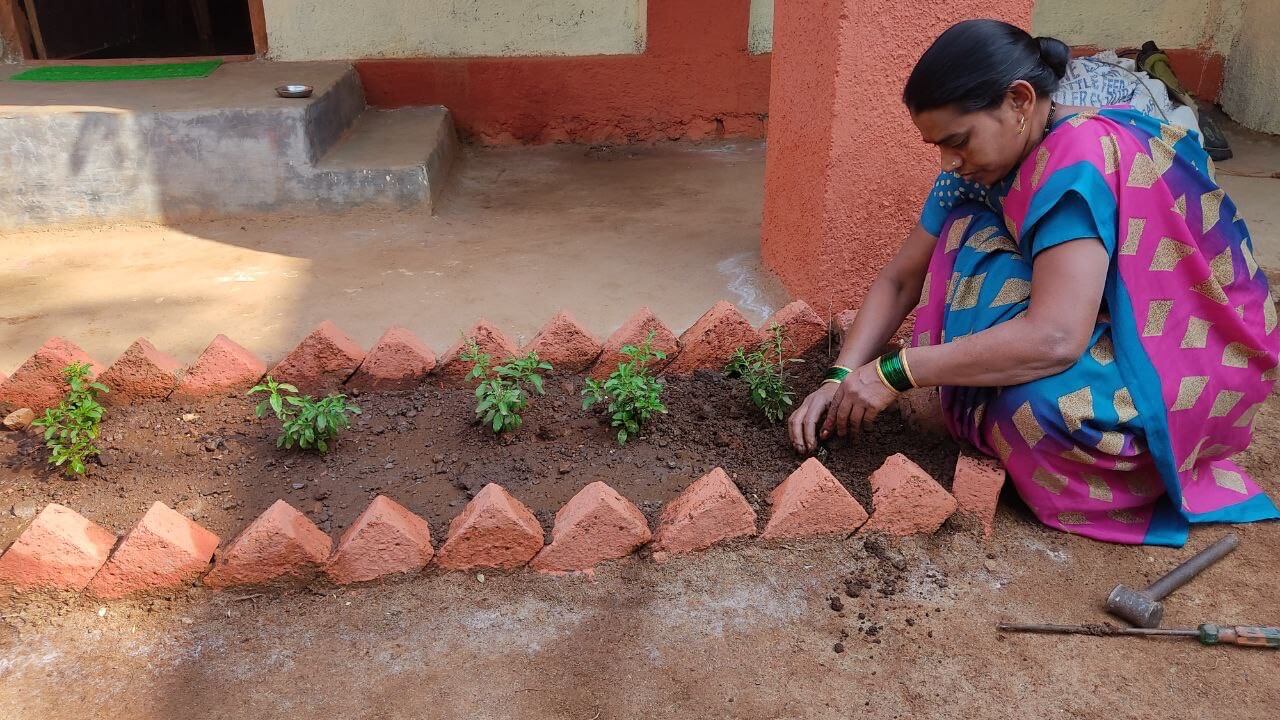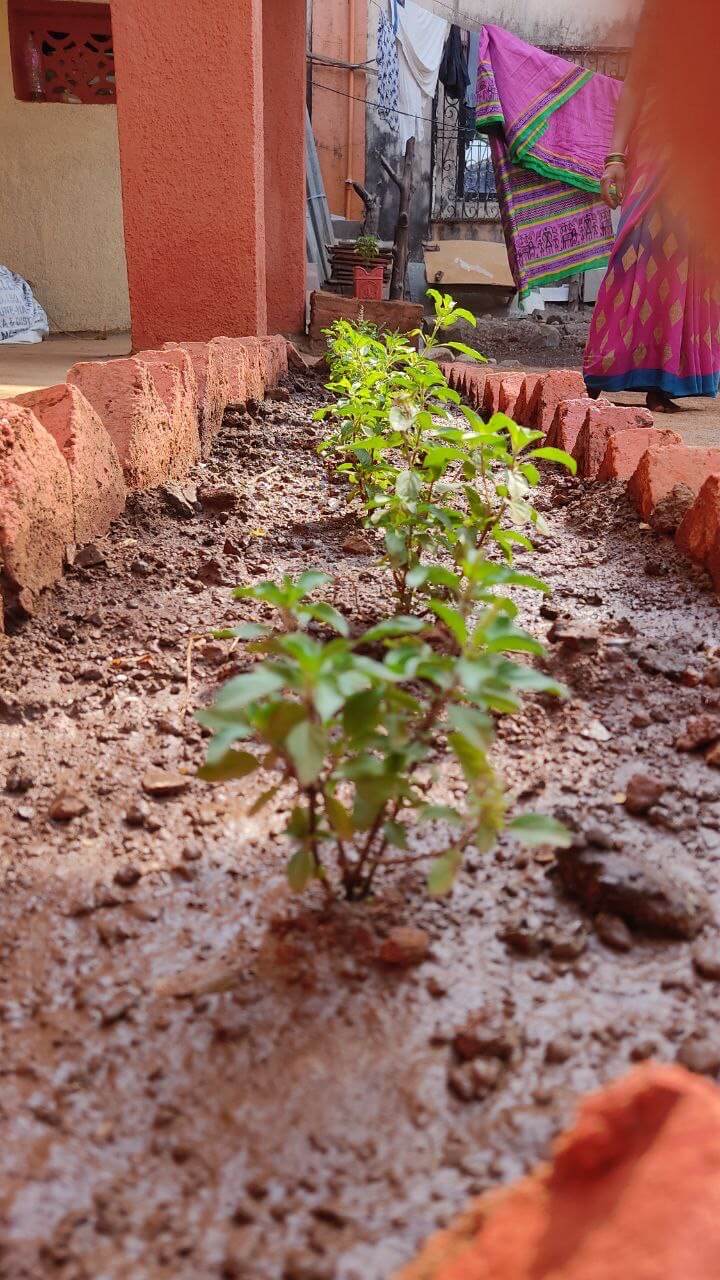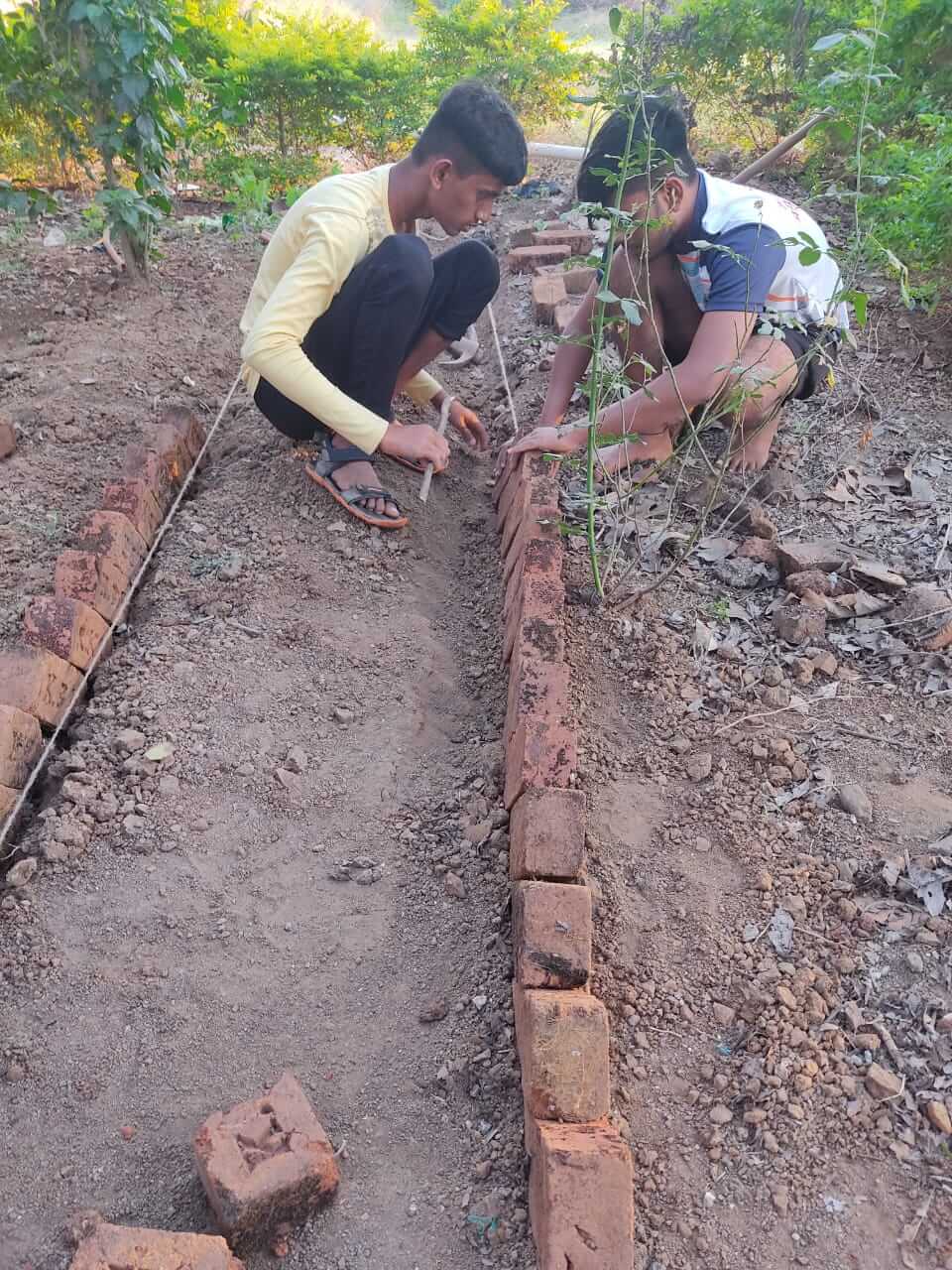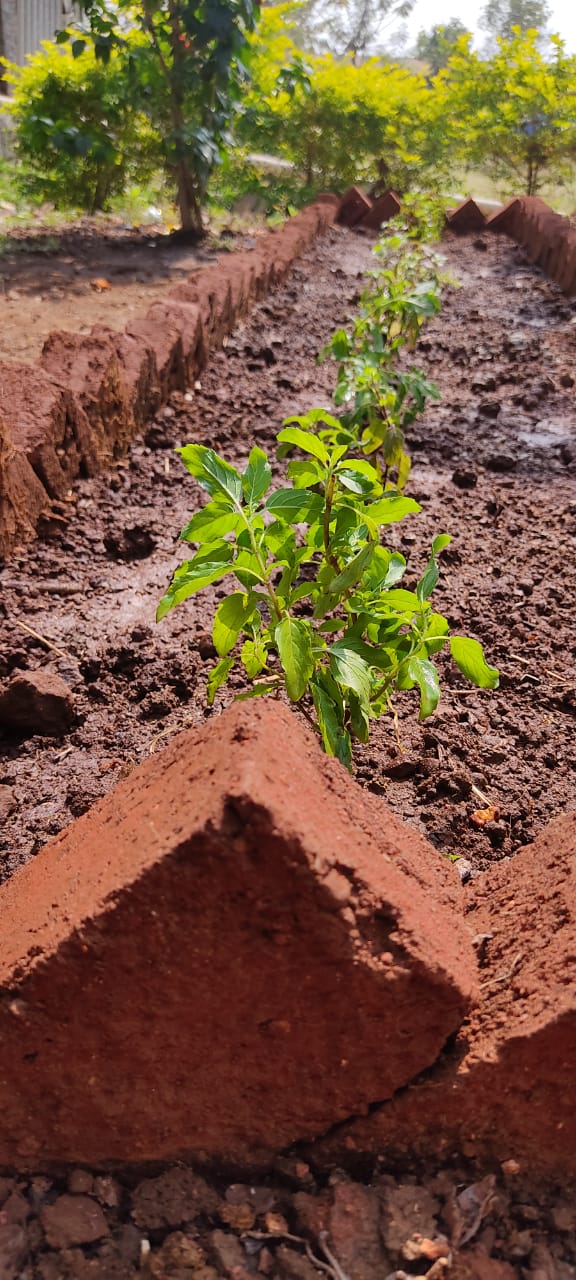Herbs for Abundance
Project Statement
We came
across a situation in the Tansa Valley where we saw the local tribal people
uprooting and discarding naturally growing herbs like Tulsi, turmeric, etc.
from their backyards and front yards. Upon a cursory inquiry, we found out that
people treated them as weeds. But all these houses had a customary Tulsi plant
growing in the sanctum in their front yards. This confused us, and upon further
investigation, we found out that people grew the customary single Tulsi plant only
as a religious obligation and that they were completely unaware of its
medicinal benefits!
Project Intervention
This led us
to initiate a new project, Herbs for Abundance, wherein we intend to emphasise
and promote the ethnobotanic, medicinal, and ecological value and usage of
medicinal plants, trees, and herbs that are found naturally in the valley.
Through a multi-pronged approach, we included this topic in our school
environmental education programme, conducted mass awareness on this issue
through street plays, and, parallel to conducting awareness, we began creating
herb patches in the courtyards of the village houses. In the beginning, the
villagers showed no interest in creating the herb patches, but with our
awareness programmes in place, both in schools and in the villages, some
families readily agreed to get herb patches. We began with the herb they are
most familiar with, i.e., Tulsi, and planned to move ahead towards creating
patches of other herbs later.
Project Outcome
Once a few
families had their patches ready, others began asking for them, and gradually,
this initiative of creating Tulsi patches became a hit among the villagers. A
single patch has anywhere between 3 and 20 Tulsi plants, depending on the
availability of space in the house. Some have even requested patches all around
their house! The women of the villages, especially, proactively joined in
creating these patches and assured us that they would look after the patches
and make sure they had these lush patches in their front yards. We plan to
eventually make patches with other medicinal herbs like turmeric, ginger, etc.
Also, in the long term, we plan to train the women to make a livelihood out of
these tulsi patches, where they can make tulsi tea bags or pouches and sell them
in the nearby temple town of Ganeshpuri, which is frequented by foreigners who
have an affinity for and liking for Indian herbs. This will also encourage them
to cultivate tulsi in larger numbers.




